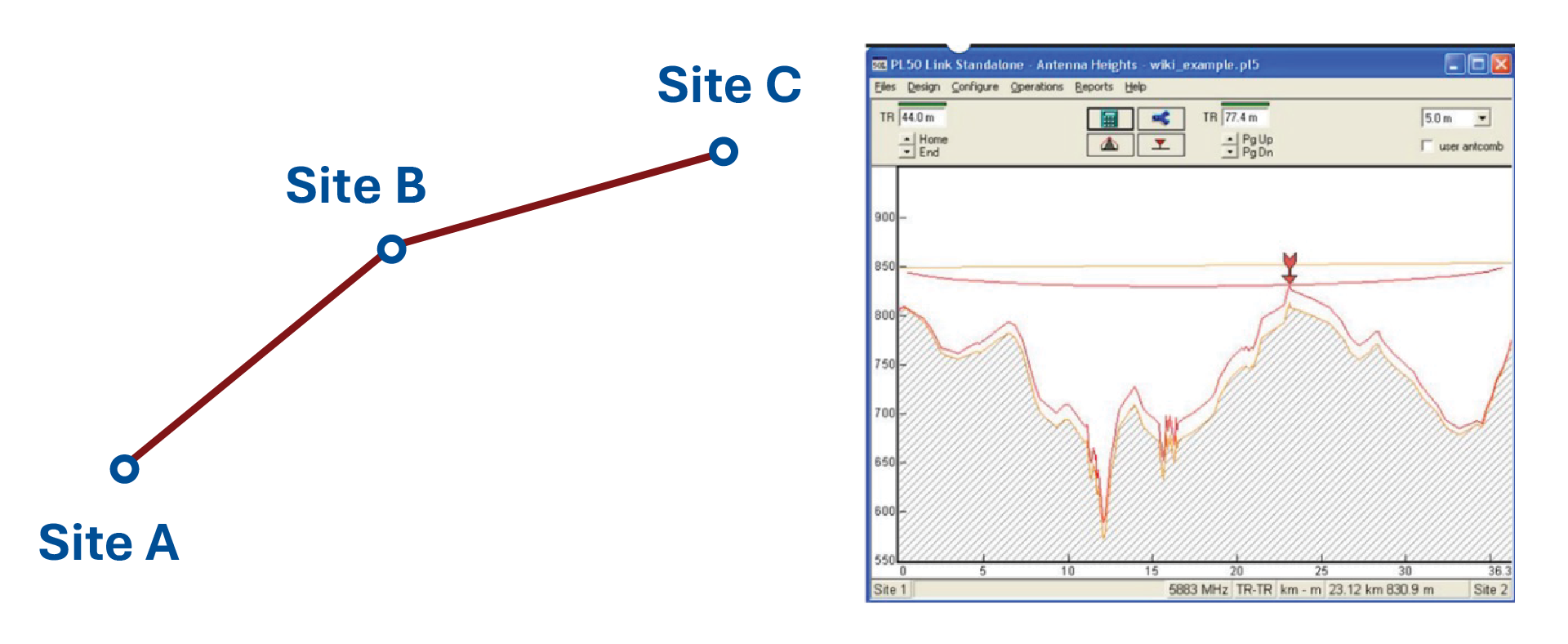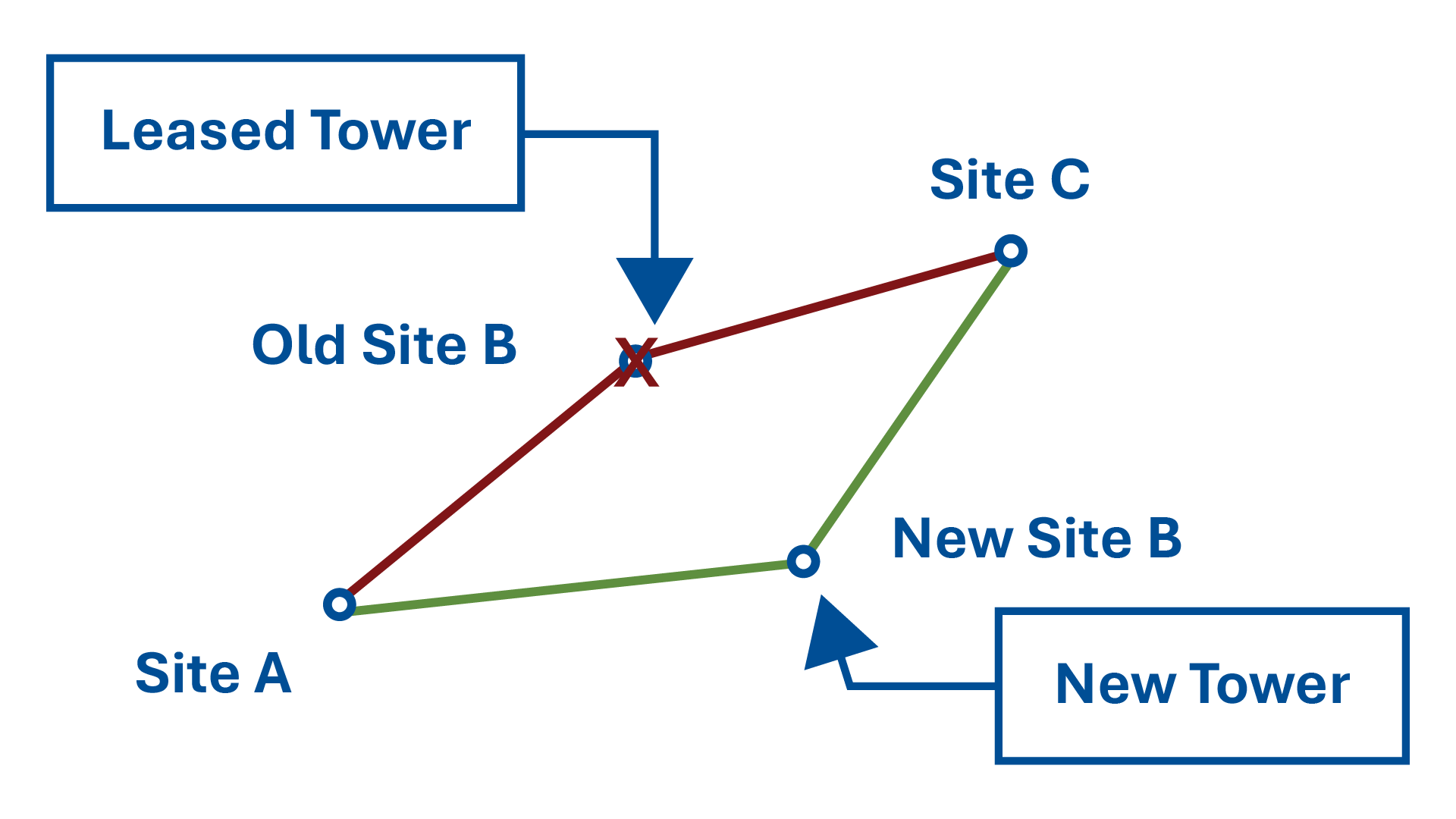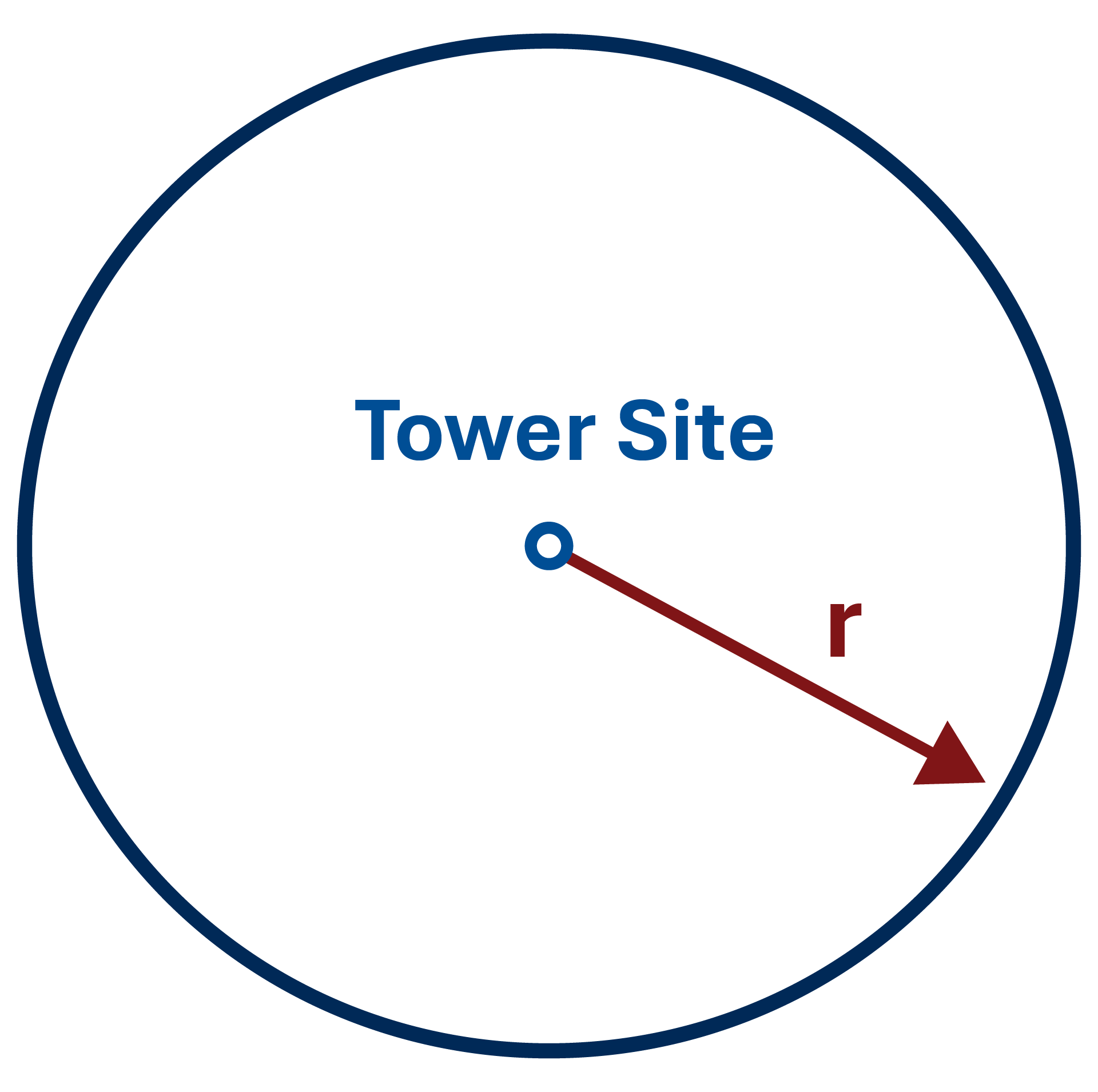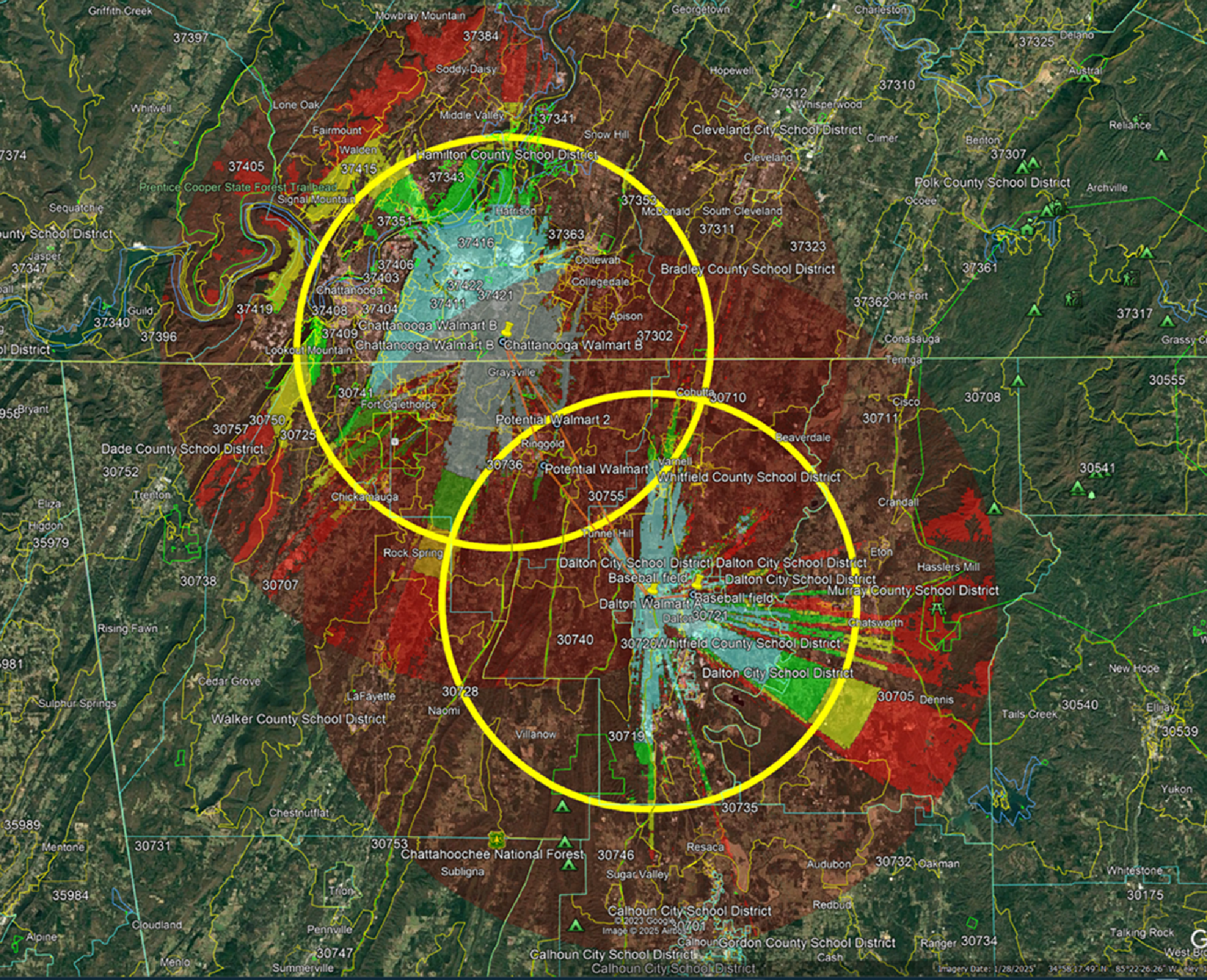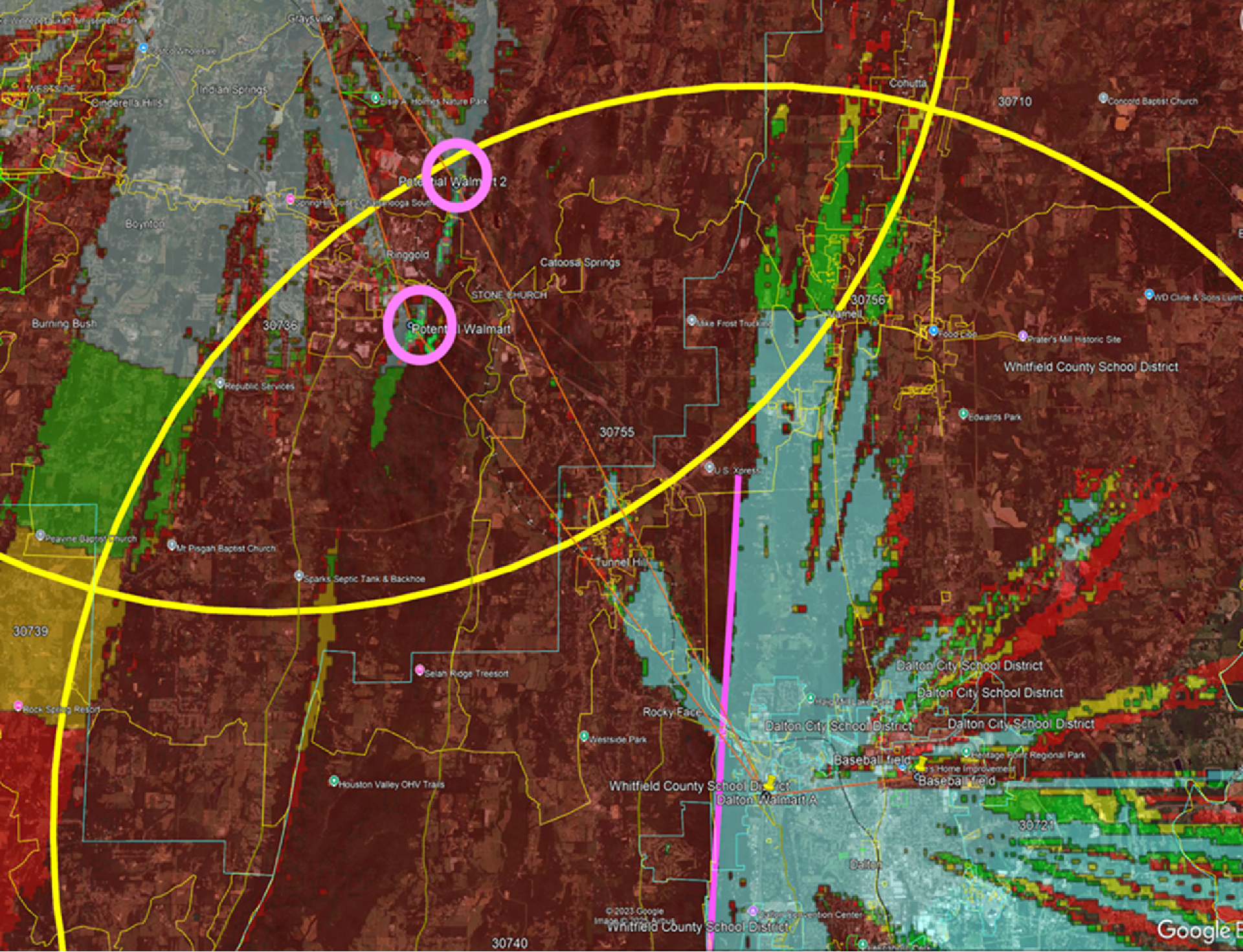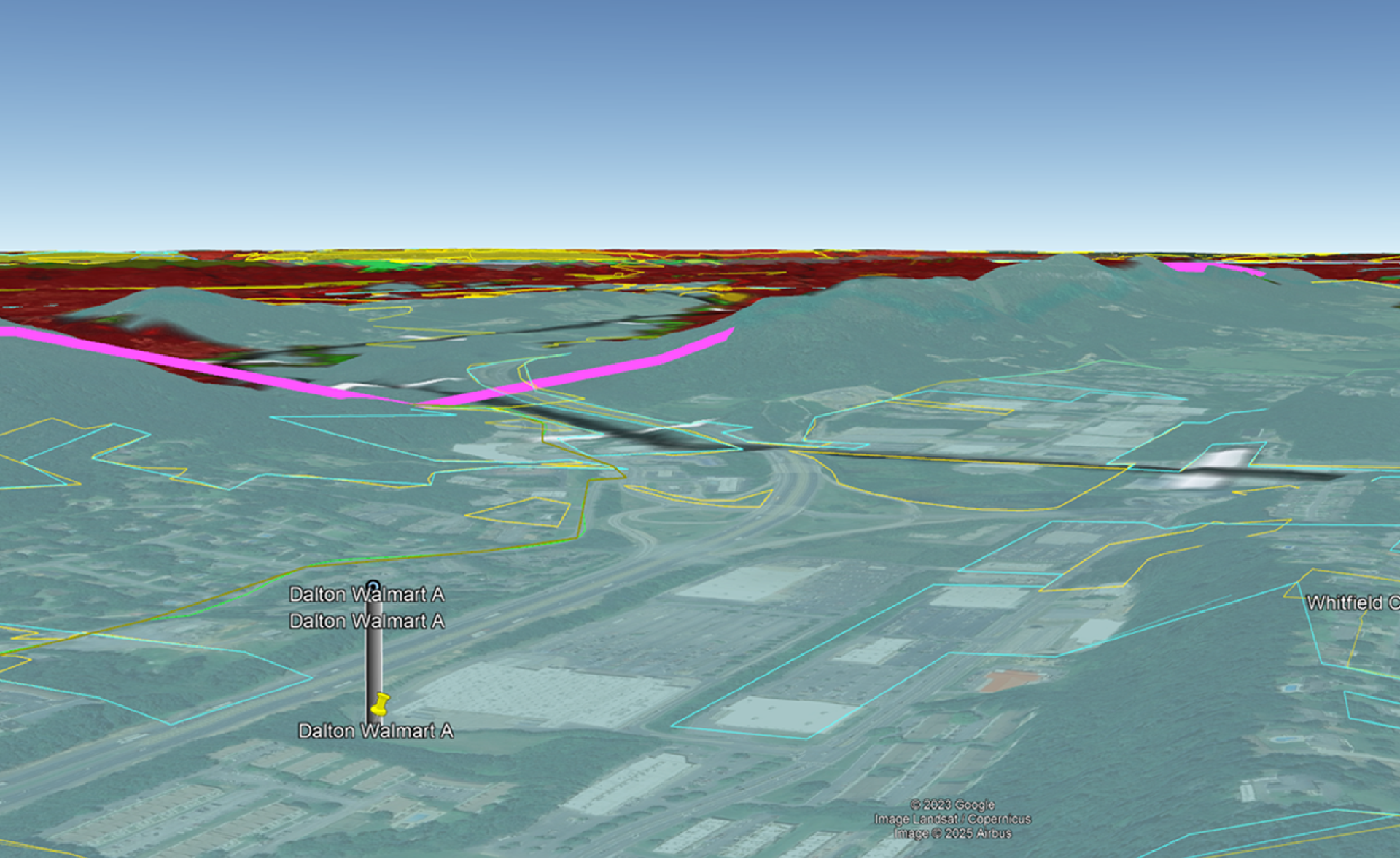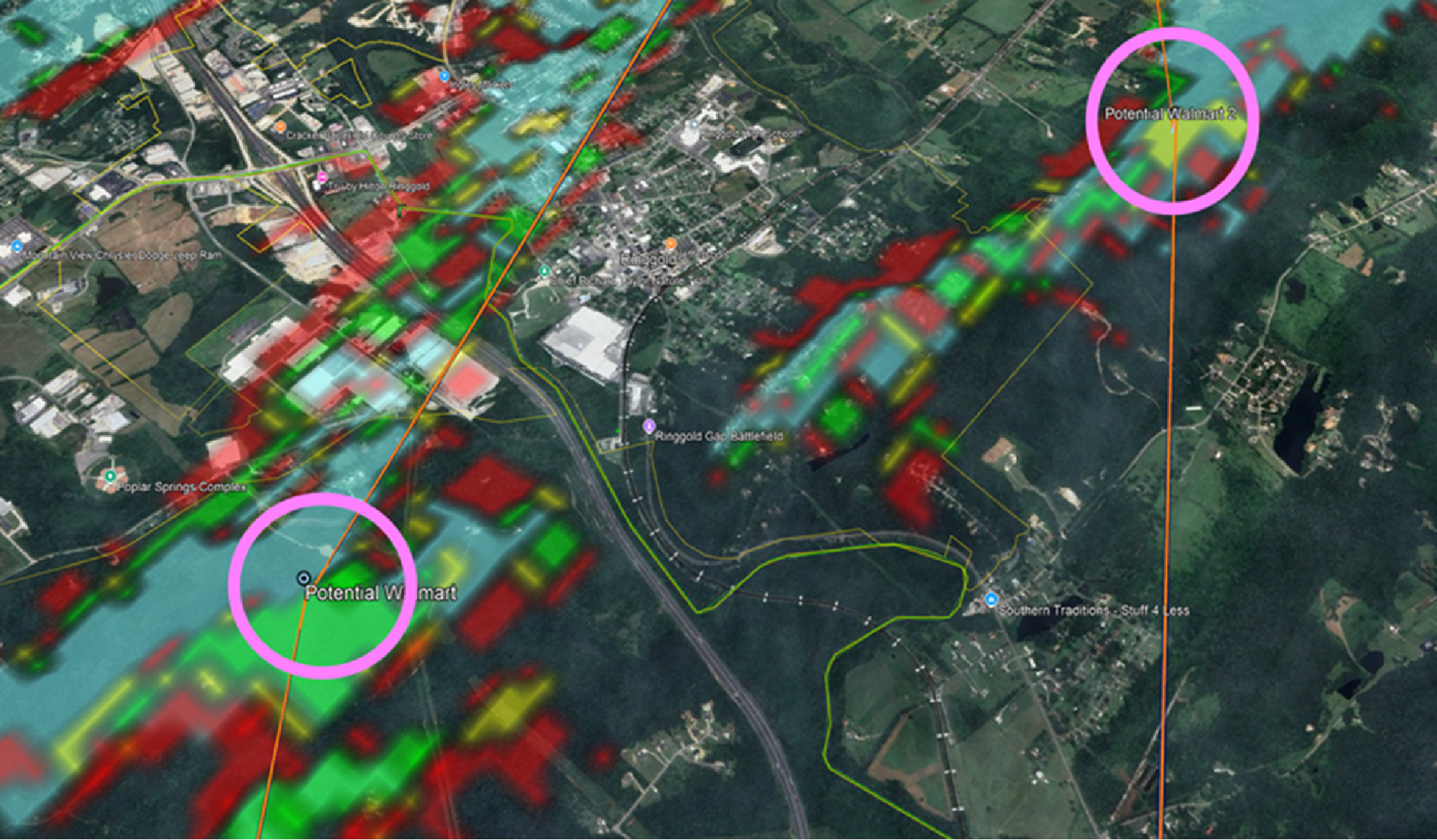
Building a network of microwave towers involves identifying the most ideal locations for new towers to have reliable signal transmission. This process is often challenging because the towers must have a clear, unobstructed path for the signal, and the exact height of the tower and antenna must be calculated.
Such towers are essential for microwave communication that is a critical component of modern wireless networks, offering high-capacity, low-latency backbone connectivity for applications such as high-speed networking, emergency services, mobile communication and industrial automation. As a backbone solution, microwave links are used to carry large amounts of data between major network points.
The efficient planning of microwave communication networks relies heavily on identifying optimal tower locations that provide clear, uninterrupted signal transmission. Traditionally, this has been achieved through point-to-point radio frequency (RF) studies, which analyze whether a proposed site provides the necessary clearances and signal strength for stable connections. However, when clients request new connection endpoints or when additional towers are needed to bridge long distances, these studies become time-consuming due to the large set of possible site locations.
Given the challenges and precision required in traditional individual microwave path planning, Burns & McDonnell developed a procedure to look at all locations at the same time that leverages existing RF tools in a novel way, resulting in faster deployment timelines and better network design outcomes.
The unique method of overlaying RF coverage maps to pinpoint areas of overlap provides a distinctive strategy for identifying viable tower sites. It serves as a novel link between preliminary viability assessments and detailed location planning, streamlining the process while enhancing speed, precision, and budget efficiency.
